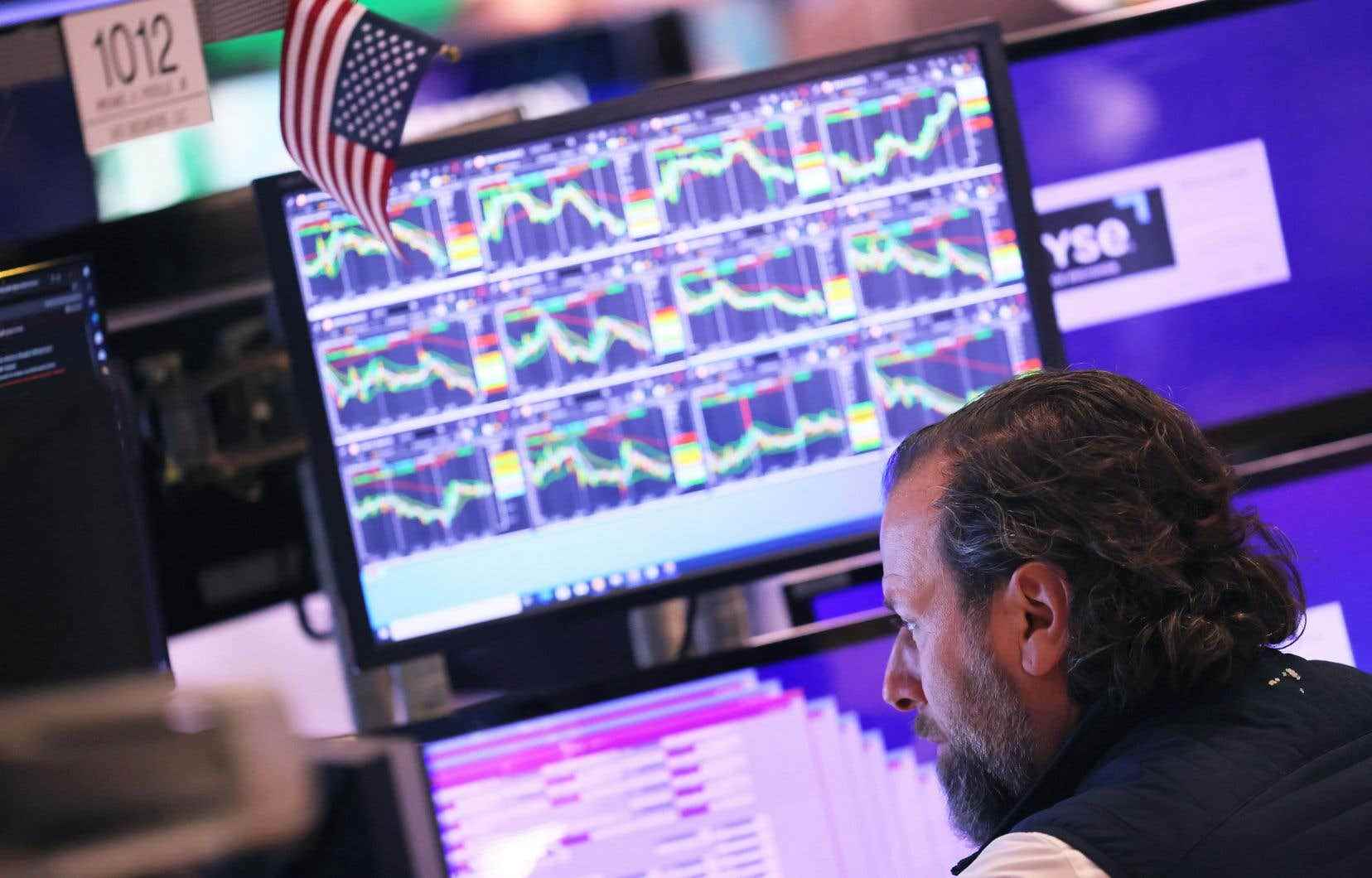Inflation was still very strong in January in the United States, slowing less than expected compared to last year, and even recording, compared to the previous month, its first acceleration in four months.
Consumer prices increased by 6.4% over one year, against 6.5% the previous month, according to the CPI index published on Tuesday by the Labor Department, and on which pensions, in particular, are indexed.
The slowdown is less strong than expected, since analysts were expecting 6.2% inflation, according to the consensus of MarketWatch.
This is, however, the smallest increase since October 2021.
And in just one month, inflation even accelerated again, for the first time since September, climbing to 0.5% from 0.1% last month, according to data revised up from the initial publication.
The CPI “is stronger than expected,” Ryan Sweet, economist for Oxford Economics, commented in a note.
“There are risks that inflation will be higher than expected in the first half of this year,” he pointed out, but it “is expected to moderate more noticeably in the second half of this year, as the disinflation of the goods intensifies and services inflation peaks”.
A wind of optimism had yet blown in December, when inflation had slowed sharply.
Higher rates
The US Central Bank (Fed) is maneuvering to curb inflation. Its chairman Jerome Powell recently warned that the process of “disinflation has begun”, but that the road looks “long, even bumpy”.
“For members of the Fed, this slow decline in inflation only justifies the idea that rates should be kept higher for longer,” said Rubeela Farooqi, chief economist for HFE.
These figures should indeed convince the monetary institution of the need to continue to raise rates, and to keep them high for a long time.
This in turn pushes commercial banks to grant higher rates for loans, whether real estate, car or even consumer loans, thus discouraging households from buying. A process that must ultimately reduce pressure on prices.
Especially since the labor shortage, which forces employers to raise wages to attract and retain their employees, remains strong.
“Persistent tensions in the labor market are putting upward pressure on inflation,” Fed Governor Michelle Bowman said Monday morning.
The job market showed vibrant health in January, with the unemployment rate falling to 3.4%, lower than before COVID-19, and with more than half a million jobs created.
